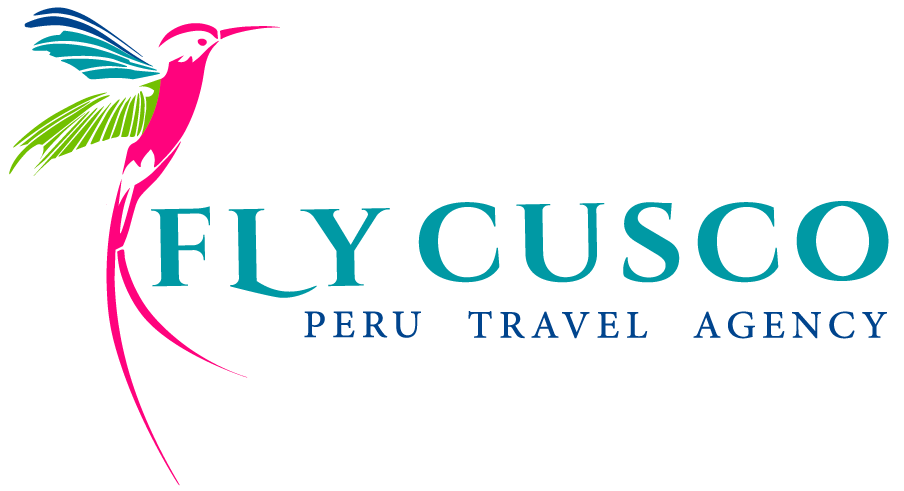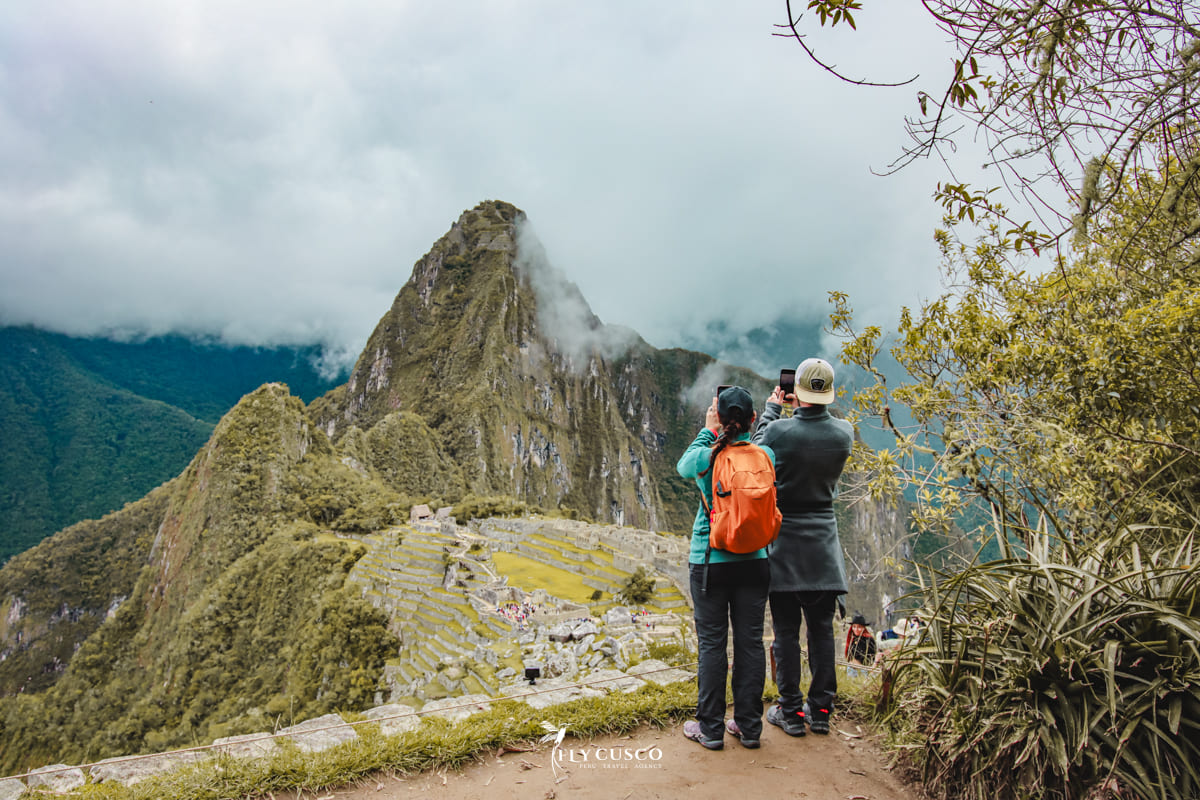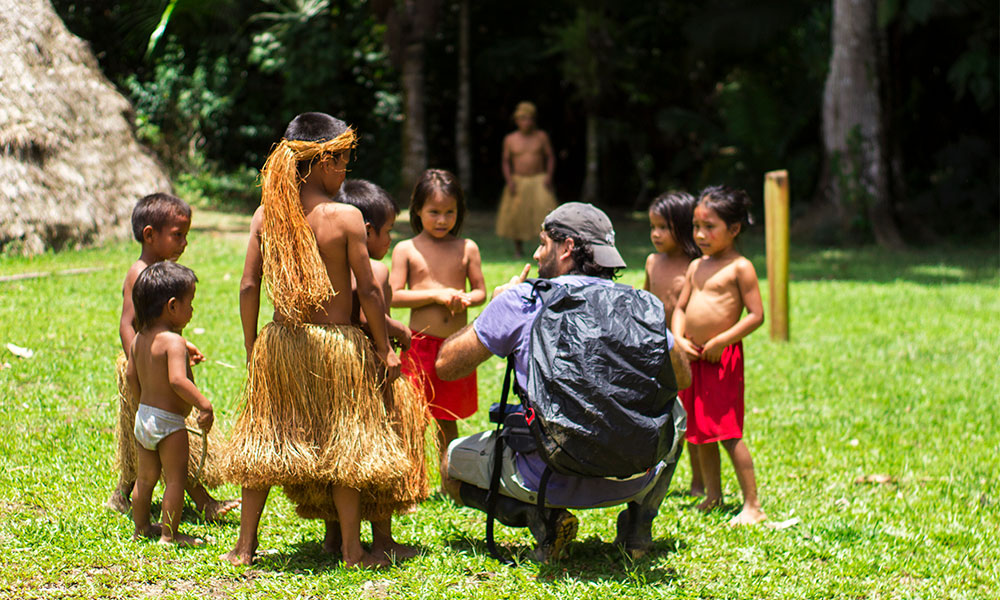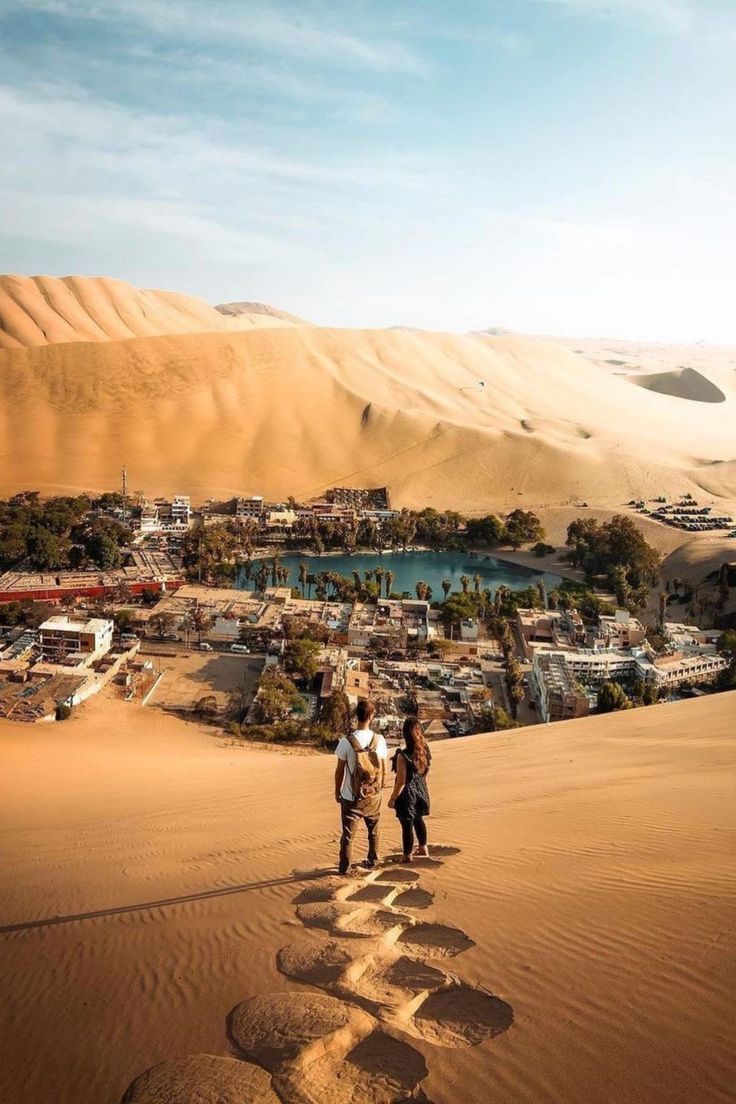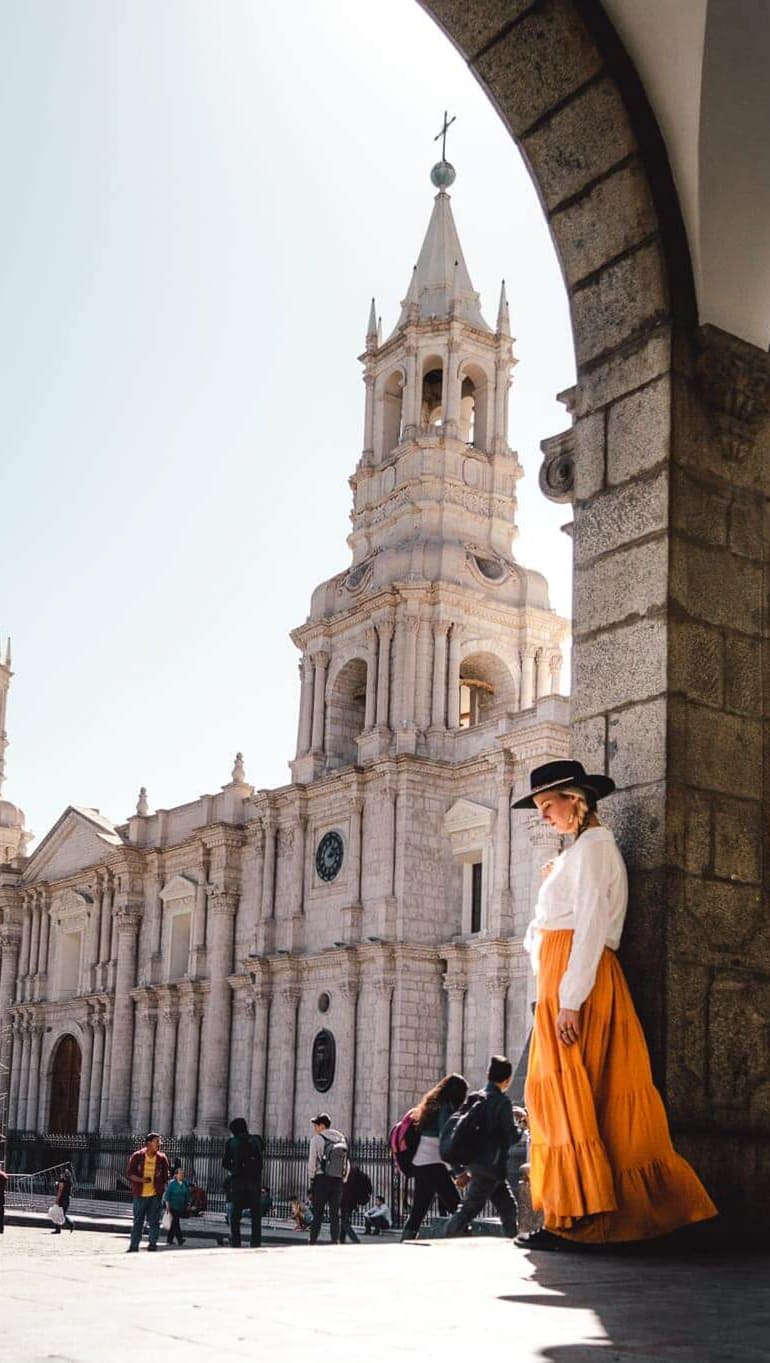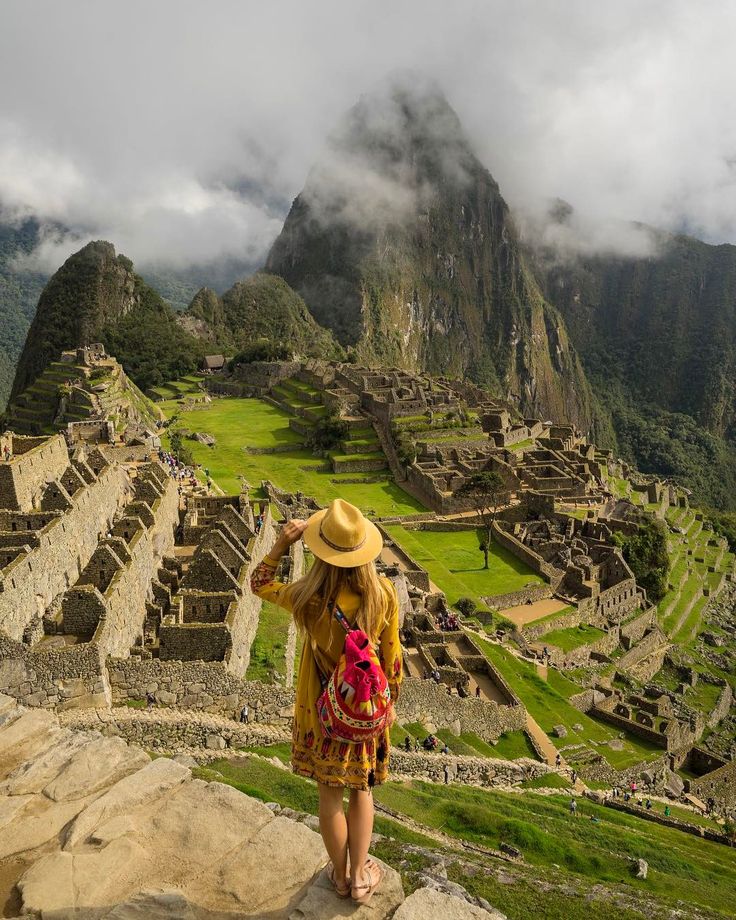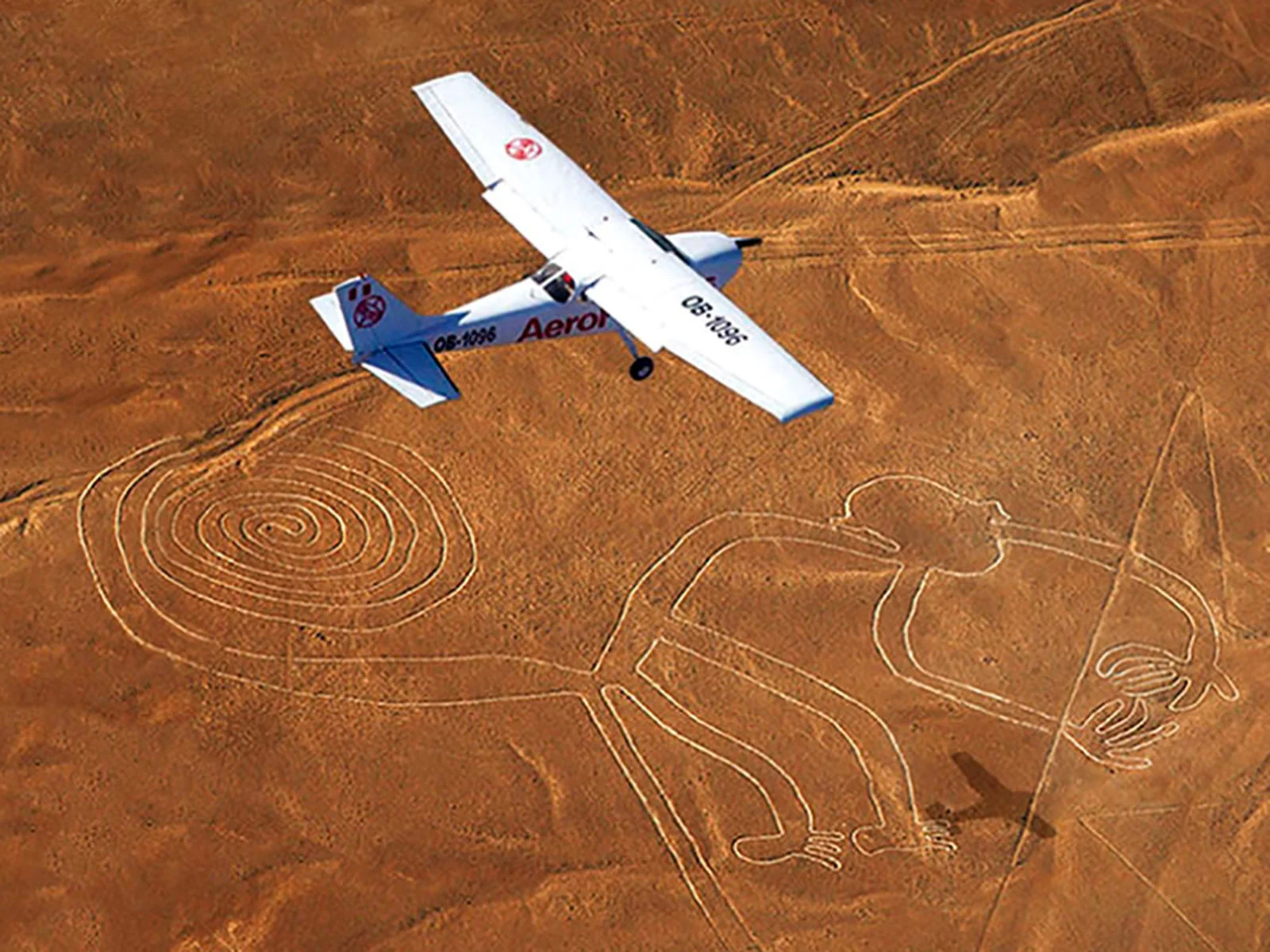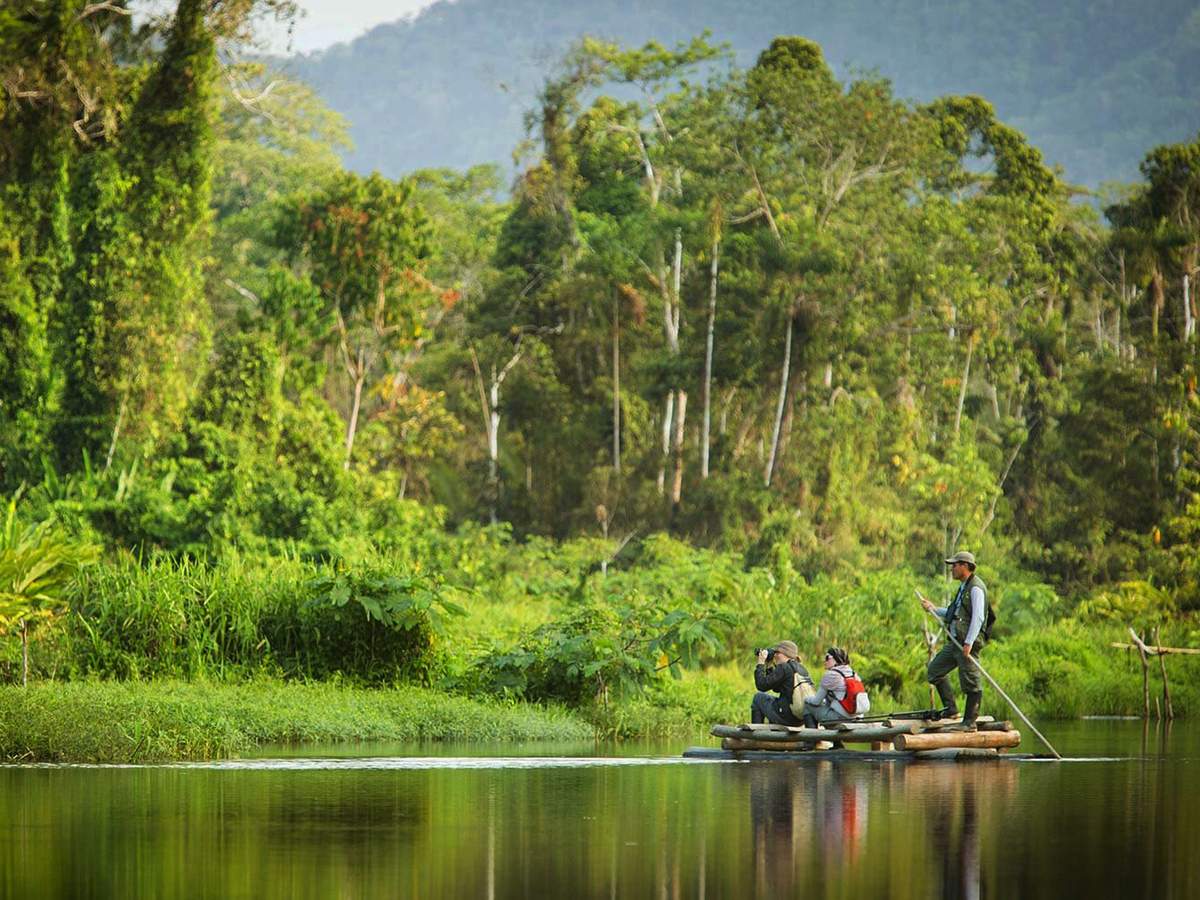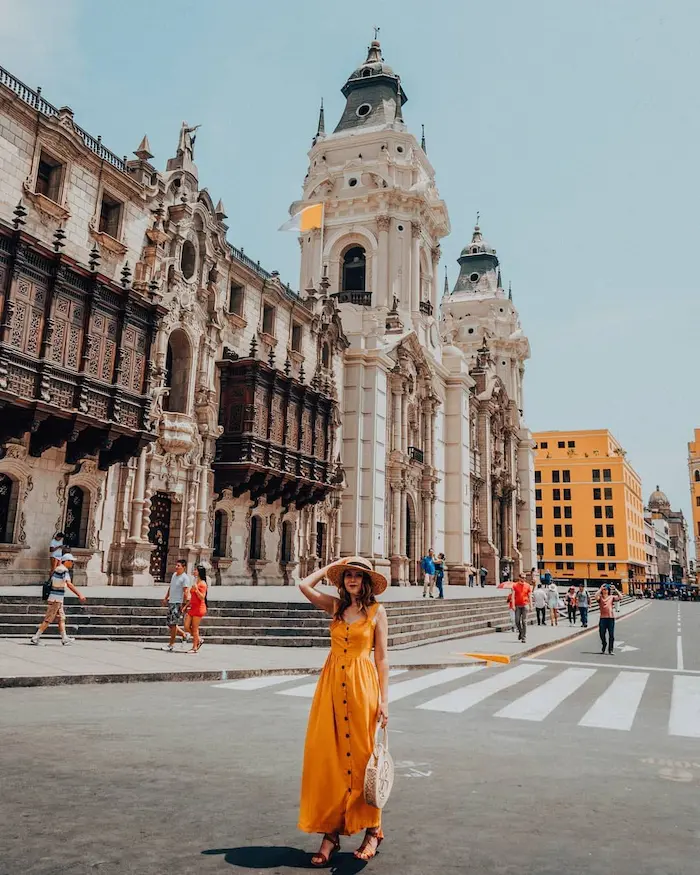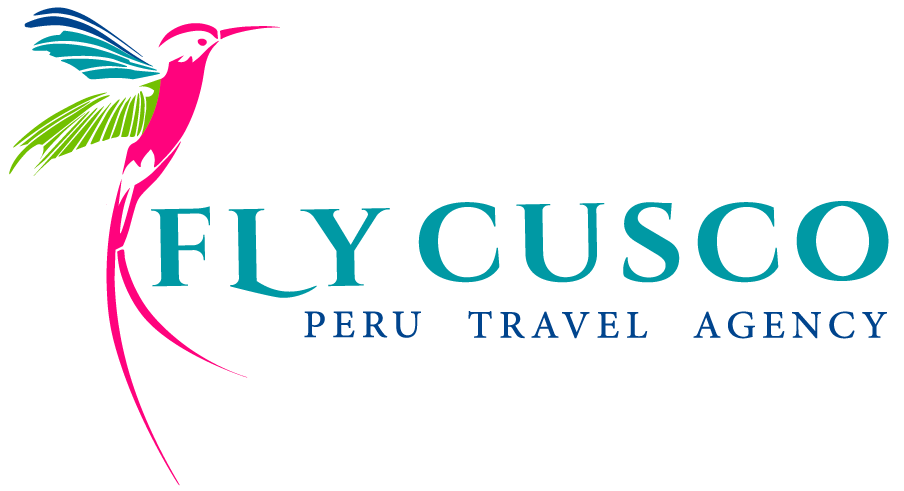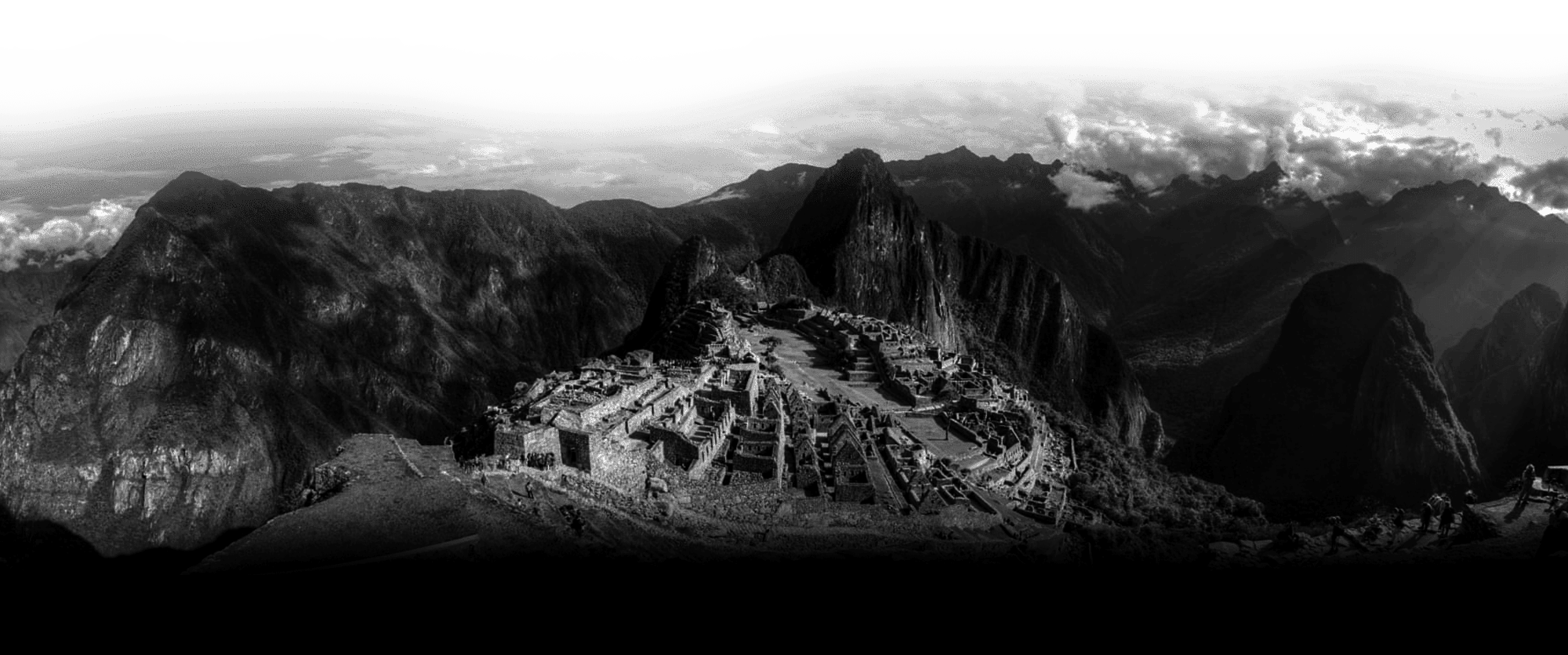Postado em abril 13, 2025
Por:
Ingenios peru
Arequipa—Peru’s "White City"—is far more than a postcard destination. Beneath its serene, colonial charm, this UNESCO-listed site harbors a raw, unfiltered narrative of cultural conflict and colonial legacy. But within Arequipa's museums, a dark and enigmatic truth lies hidden. These museums don't merely preserve history—they are the very stage where the Andean soul wrestles with its colonial past. Join us as we unmask seven of Arequipa’s most intriguing museums, revealing the untold stories, forbidden artifacts, and mysterious secrets they hold.
Santa Catalina’s Secret Cells: More Than a Convent—A 400-Year-Old Feminist Time Capsule
The Untold Lives of Nuns in Santa Catalina: From Celibacy to Rebellion
Santa Catalina Monastery, founded in 1580, hides more than religious artifacts behind its imposing walls. In its secret cells, stories of strong-willed nuns unfold—women who defied the conventions of their time. Despite the rigid, patriarchal society of colonial Peru, these women carved out their own spaces within the convent. Evidence suggests the nuns not only resisted Spanish ecclesiastical control but may have left behind encoded symbols of resistance.
Behind Closed Doors: The Hidden Feminist Symbols in Santa Catalina
Look closely, and you’ll notice more than religious paintings. The subtle use of symbols such as the Andean cross—woven into the fabric of daily life—reveals how these nuns secretly connected with their pre-colonial roots.
Why the Andean Sanctuary Museum Hides Inca Blood Under Its Catholic Facade
The Fusion of Inca Religion and Catholic Iconography
When you walk through Museo Santuarios Andinos, the mummies on display are not just remnants of a bygone age; they are witnesses to a violent clash of cultures. The museum’s most famous exhibit, Juanita—the Ice Maiden—may seem like a symbol of pre-colonial Peru, but a closer inspection reveals traces of Catholic iconography intertwined with Andean religious symbols.
The Inca and the Cross: A Complicated Legacy
Research from 2024 curator interviews shows how Catholic and Andean beliefs were forced to coexist in some of these sacred spaces. Juanita's position within the museum is symbolic of this fraught merger.
Museo de Arte Contemporáneo: Modernity's Veil Over Colonial Protest Art
The Rebellion Hidden in Plain Sight
What if I told you that the modern art you see in the Museo de Arte Contemporáneo is actually a façade for rebellious colonial-era protest art? The 18th-century mestizo artists employed modernist techniques as a covert way to challenge Spanish rule, a rebellion that still lingers in the museum’s halls.
Protest Art and the Forbidden Echoes of the Mestizo Movement
It’s here, in the subtle brushstrokes, that you’ll find an art form that speaks more than it shows. The visual rebellion against colonialism—daring to resist—continues to haunt the modern artists who populate the galleries today.
Museo Histórico Municipal: Where Spanish Tax Evasion Meets Incan Craftsmanship
The Unseen Link Between Spanish Tax Evasion and Andean Gold
One of the most intriguing parts of Museo Histórico Municipal is its collection of Spanish armor—armaments once thought to have been forged purely from European metals. However, infrared scans in 2024 revealed traces of melted-down Incan gold.
The Shocking Reality: Incan Gold Turned to Armor
The 2024 infrared scans confirmed that Spanish invaders melted down Incan treasures to fund their colonial expansions. Museum researchers are still deciphering the full scale of this monumental theft.
The ‘Virgin’ Statue That’s Actually a Pachamama Idol: Museo Santa Teresa’s Open Secret
The Catholic Church’s Hidden Earth Mother
In the Museo Santa Teresa, a "Virgin" statue sits proudly. But behind its sacred façade is a repurposed Pachamama idol. Catalogued in the church’s 1742 inventory as “Earth Mother effigy, repurposed,” this artifact reveals a deeper connection to the Andean Earth Goddess.
Pachamama’s Silent Resistance in Catholic Iconography
When you observe this statue from a certain angle, you realize it isn’t a virgin after all—it’s a defiant reclamation of Andean spiritual heritage. And the Catholic church was well aware of this.
Why Arequipa Museums Are Battlegrounds for Peru’s Cultural Identity
Museums as Battlegrounds: Colonialism vs. Andean Soul
The tension between preserving colonial history and honoring indigenous roots is palpable in every museum in Arequipa. These institutions are not just preserving history—they are arenas for a broader, cultural war.
A City Divided: Arequipa’s Silent Cultural War
Arequipa’s museums are not neutral—they are active players in shaping Peru’s identity. From Inca gold stolen by the Spanish to pre-Colonial Andean artifacts hidden beneath layers of colonial history, these museums act as the ultimate battleground.
Decoding Juanita’s Frozen Scream: What the Ice Maiden’s DNA Reveals About YOU
The Genetic Legacy of the Inca Empire
Juanita’s DNA has rewritten the genetic history of Andean peoples, offering clues to the ancient civilizations' health, diet, and rituals. It’s not just anthropology—it’s genetic archaeology.
The Ice Maiden’s Scream: An Echo of Resistance
When you look into Juanita’s eyes, you’re staring at a woman who faced both the wrath of nature and the brutality of colonialism. Her story is one of survival, and her genetic legacy will continue to inform us about the ancient Andes for decades.
Rebel Context: Exposing How Museo de Arte Contemporáneo’s "Modern" Works Replicate 18th-Century Protest Art
Mestizo Protest Art in Modern Galleries
The modern works displayed in the Museo de Arte Contemporáneo are not as modern as they seem. Instead, they replicate the mestizo protest art from the colonial period, whose creators subverted Spanish rule through art.
A Modern-Day Rebellion Hiding in Plain Sight
The use of modern techniques to echo 18th-century rebellion reveals that the spirit of resistance still thrives in Peru’s artistic culture.
Tactical Visiting: How to Access Arequipa’s Most Secretive Exhibits
The Hidden Crypts of Museo San Agustín: A Bakery Empanada Tunnel
Want to visit the restricted crypt of Museo San Agustín? Here's a secret: the entrance lies under a bakery’s empanada oven. Just ask for a dozen—your curiosity will be well rewarded.
Best Smartphone Settings to Capture UV-Resistant Sillar Carvings
Sillar, Arequipa’s famous volcanic stone, fades under the sun. But with the right smartphone settings (go for high saturation and UV protection), you can capture these fading carvings—before the guards come at 11:07 AM.
Ethical Dilemmas in Peru’s Museums
The unmasking of Arequipa’s museums reveals not just artifacts, but the ethical dilemmas surrounding the ownership and display of these objects. Who owns Peru’s colonial past, and who has the right to define the Andean identity? Arequipa’s museums are more than institutions—they are reflections of the larger, ongoing struggle for cultural and historical reclamation.
Post relacionado
